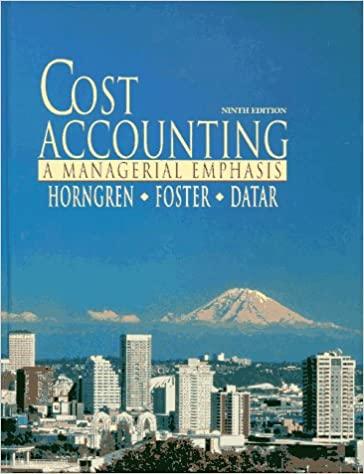Question
The project requires you to estimate the intrinsic value of your stock using four approaches. 1) The first method is based on dividends and uses
The project requires you to estimate the intrinsic value of your stock using four approaches. 1) The first method is based on dividends and uses the DDM assuming constant growth. This requires us to estimate k and g. For k, we use the stock's beta and the SML model. To find g, we need to estimate the growth rate in EPS assuming that the growth in EPS and dividends are the same. This assumption is very reasonable over long periods of time. You can use two approaches to find the value of g used in the DDM model: First, calculate g by using the accounting relationship g= ROE times the retention rate. Calculate a value for g for each of the last 5 years by multiplying the ROE by the retention rate and then take an average of the 5 years. Second, using a regression approach, regress the ln (EPS) (y variable) versus a time variable using 5 to 10 years of annual data. The coefficient on the time variable is an estimate of the growth rate (g). Thus, the regression equation is given by: Ln(EPS) = a + b (time) where the value of b = g or the growth rate in earnings/dividends and Ln is the natural log. Use the regression procedure found in Excel to estimate the equation. The time variable will take on values of 1 through 5 for 5 years of data and 1 through 10 for 10 years of data. Using more data observations will give you better statistical results. Now, that you have estimates of k and g, you can use the DDM (using dividends) assuming constant growth.
Step by Step Solution
There are 3 Steps involved in it
Step: 1

Get Instant Access to Expert-Tailored Solutions
See step-by-step solutions with expert insights and AI powered tools for academic success
Step: 2

Step: 3

Ace Your Homework with AI
Get the answers you need in no time with our AI-driven, step-by-step assistance
Get Started


